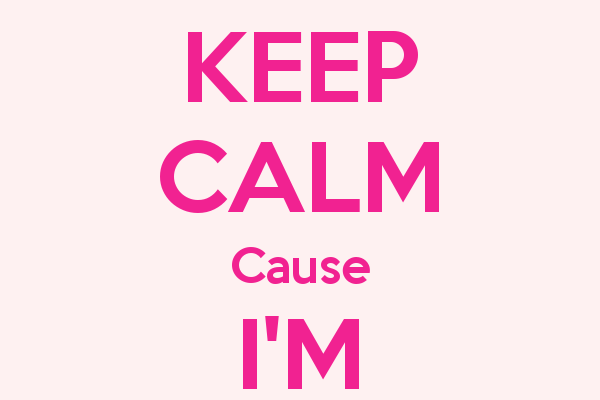
Our front door was open. Mom stood in the doorway looking out. The blue phone cord’s spirals stretched flat from the kitchen wall to the receiver in her hand. We lived in a townhome complex in California. Five homes to a unit, each one facing the parking lot. It might have rained overnight; the smell of wet blacktop wafted into the house on a chilly morning breeze. Mom was running late for work, but she stood frozen at the door, silent. I started to ask what was wrong, then I heard the screams, too.
Mom began speaking rapidly to the 911-operator, giving them an address and describing the neighbors who lived there. I remember them only vaguely and cannot recall their names. He was stocky, with dark hair and deep-set eyes. She was petite and blond. She liked to spend time at the neighborhood pool, drinking Diet Coke in the Jacuzzi, which was expressly forbidden.
Mom left for work, but I stayed at the window. Curious, but also frightened. Those screams had been so desperate, the sound of glass breaking as sharp as the shards which must have sparkled across the kitchen tiles when the police arrived. I was ten years old and until then, my only exposure to violence had been John Wayne movies and the belt welts on the backs and legs of the neighbor boys whose father used the strap for discipline. (The latter haunts me, too.)
The police left. Without the neighbor in tow.
The sick truth is that this is not a problem unique to married women. Recently, a blogger at Ms. Magazine posted one woman’s letter to her 18-year-old self:
“And NO–it is not love when he strangles you. Yes, he says he loves you, but NO, this is NOT love.”
The good news is that this issue has been thrust into the public consciousness in the last couple of decades. In June of 1990, then-Senator Joe Biden introduced the Violence Against Women Act (VAWA) in the United States Congress. “VAWA changed law enforcement practices, improved the criminal justice system, and created a network of services for victims… Since the passage of the Violence Against Women Act in 1994, rates of domestic violence have decreased by over 50%.” Vice President Biden’s commitment to end violence against women has continued in the form of his 1 is 2 Many campaign.
And earlier this month, Feminist icon Eve Ensler and her V-Day organization rallied the world to participate in 1 Billion Rising. Billed as “The Biggest Mass Global Action To End Violence Against Women & Girls In The History Of Humankind,” 1 Billion Rising brought women out to flash mob for awareness on Valentine’s Day 2013. Read about their numerous victories and watch the inspiring dance videos at their website.
Be safe, ladies. And stand up for one another. As Ms. Ensler has said, “When you bring consciousness to anything, things begin to shift.”
By
Sources:
National Coalition Against Domestic Violence (NCADV) Fact Sheet
U.S. Department of Justice – Family Violence Statistics




Ali Vitali
“The good news is that this issue has been thrust into the public consciousness in the last couple of decades.” The better news is that Thursday, after letting then-Sen. Biden’s bill expire in September 2011, Congress managed to do something right: bipartisan passage and re-authorization of VAWA.